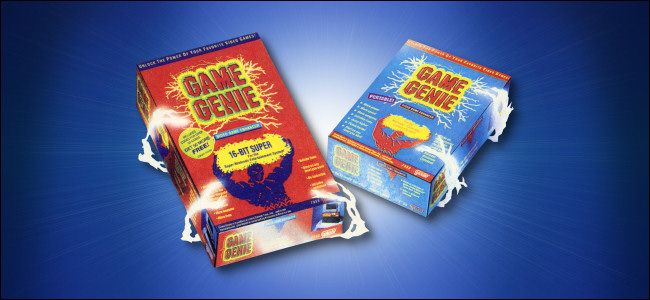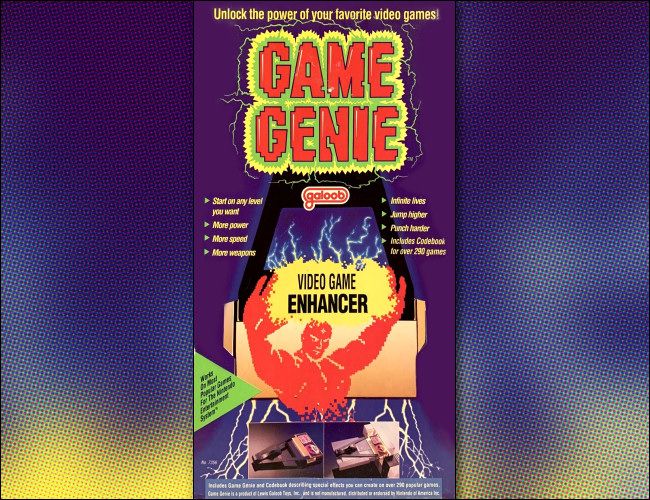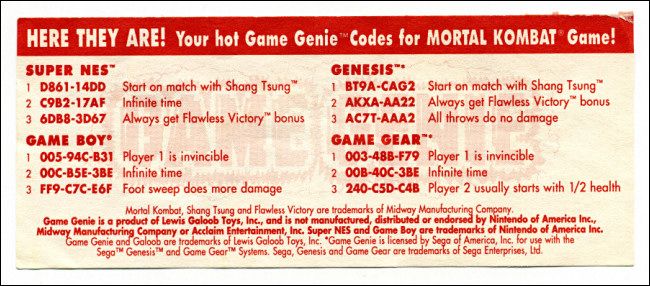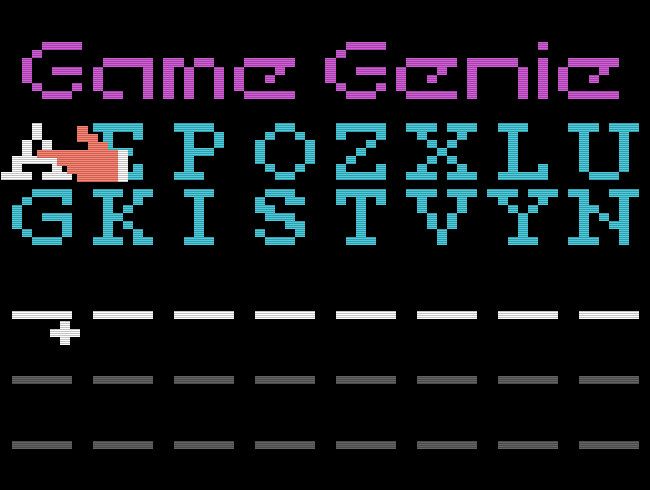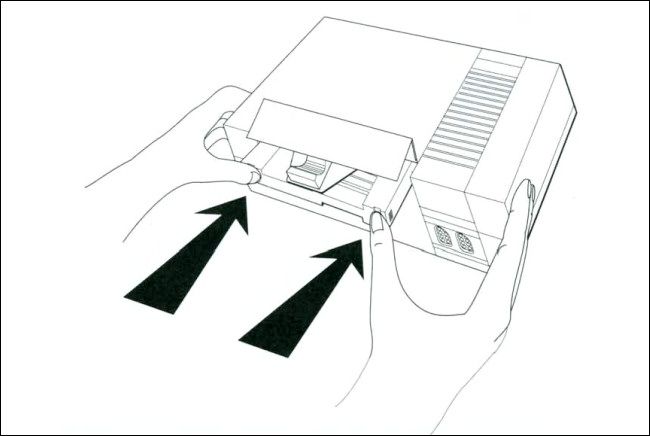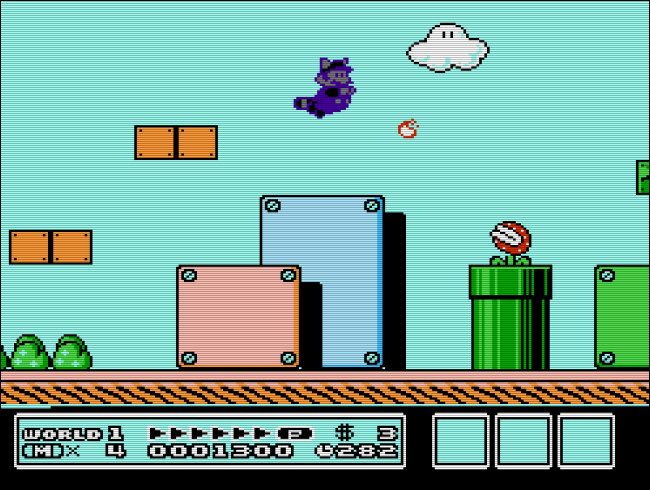First released in 1991, the Game Genie let players enter special codes that made video games easier or unlocked other functions. Nintendo didn't like it, but many gamers loved it. Here's what made it special.
Genie in a Bottle
Game Genie is the brand name for a series of video game enhancement devices developed by Codemasters and sold by Galoob in the U.S. The first Game Genie model worked with the 8-bit Nintendo Entertainment System and launched in the summer of 1991 for about $50. Game Genie devices for the Super NES, Game Boy, Sega Genesis, and Game Gear followed.
Like a genie of legend, the Game Genie made your wishes come true. To use one, you first plugged a game cartridge into the Game Genie unit and then plugged both devices into your console. Upon powering up, you saw a screen where you could enter a series of alphanumeric codes. These codes injected data between the game cartridge and the system, changing how the game worked and effectively reprogramming it on the fly in a minor way.
Using those codes, you could add amazing new features to games (such as invincibility or the ability to fly), or simply make them easier to play. Each Game Genie model shipped with a booklet full of codes for popular games, and Galoob published updates over time in magazine ads and on paper fliers that were free to take at retail stores.
The Gift That Kept on Giving
Video games were fairly expensive in 1991, with the average NES game retailing for around $30-$50 in the U.S., which is about $60-100 today when adjusted for inflation. Many gamers only bought (or received) a few games a year. If you spent that kind of money on a very difficult game, it often felt like a ripoff if you couldn't play through most of it.
At the time, most new games were very difficult (by modern standards), with many borrowing the gameplay philosophy of arcade games designed to extract endless quarters. Players who didn't want to sink endless time into mastering a game often relied on cheat codes to access later levels that they might not get to see otherwise.
In that environment, Game Genie felt like an unlimited fountain of cheat codes in a box. Using the Game Genie, you could give your in-game character the power to get past tougher parts of a game or simply warp automatically to later stages. This gave your older games new value, making them fun to play---even if you had previously completed them without cheating. It was like a gift that kept on giving.
But the Game Genie wasn't seen as a gift by everyone. Just like today, there was a group of players who played competitively for high scores, and some of them looked down upon the Game Genie as a cheating device. Nintendo may have feared as much, too, since it ran contests in Nintendo Power magazine based on player-submitted high scores.
"I think there is some truth to [the idea that Nintendo feared] it would de-value the games if you could cheat to the ending easily," says Frank Cifaldi, Founder and Co-Director of the Video Game History Foundation.
But in-game cheating wasn't the only controversy surrounding the Game Genie. The product itself felt like a cheat to Nintendo, which sought legal remedy in court.
Trouble With Nintendo
Galoob originally intended to launch the Game Genie in the summer of 1990, but Nintendo got wind of it first and took Galoob to court on copyright infringement charges, claiming that the Game Genie made unauthorized derivative works of its games.
Perhaps more irritating for Nintendo was the fact that the Game Genie was an unlicensed device, unapproved by Nintendo, and Galoob intended to do an end-run around Nintendo's strict NES licensing scheme.
Nintendo managed to get a court order to stop Galoob from marketing the Game Genie for about a year, until a U.S. district court in San Francisco issued a ruling in Galoob's favor. (It ruled that in fact, the Game Genie did not create derivative works.) The NES Game Genie finally entered the market in the summer of 1991, and it sold well enough to inspire similar products for other consoles such as the Super NES, Genesis, Game Boy, and Game Gear. The Game Genie never became a licensed device for Nintendo consoles, but it did gain approval from Sega for its consoles.
Codes Galore
Some of the best fun you could have with a Game Genie back in the day was in trying to come up with your own codes for your games. If you were persistent enough, you could find ways to modify your games in bizarre and amusing new ways---such as making Mario "ice skate" everywhere or use a fire flower while still staying small in Super Mario Bros.
In the mid-to-late 1990s, players began sharing their own homebrew game codes online, and even today you can still find websites like GameGenie.com that list thousands of Game Genie codes.
Ultimately, Galoob never released Game Genies for consoles past the 16-bit era, but in later years, devices like the Pro Action Replay and the GameShark picked up where the Game Genie left off, allowing players with newer consoles to keep squeezing new life out of their existing games.
Today, most games are much easier and more forgiving than they were back in the Game Genie era, so the need for cheat codes isn't quite as pressing. But the Game Genie paved the way in putting more power into players' hands.

